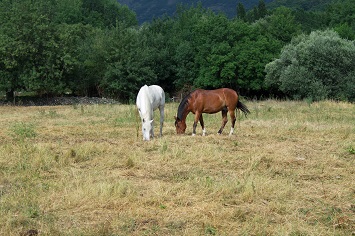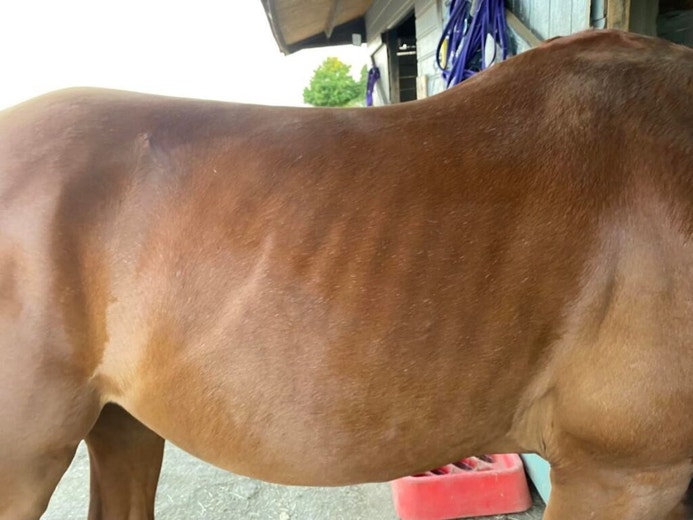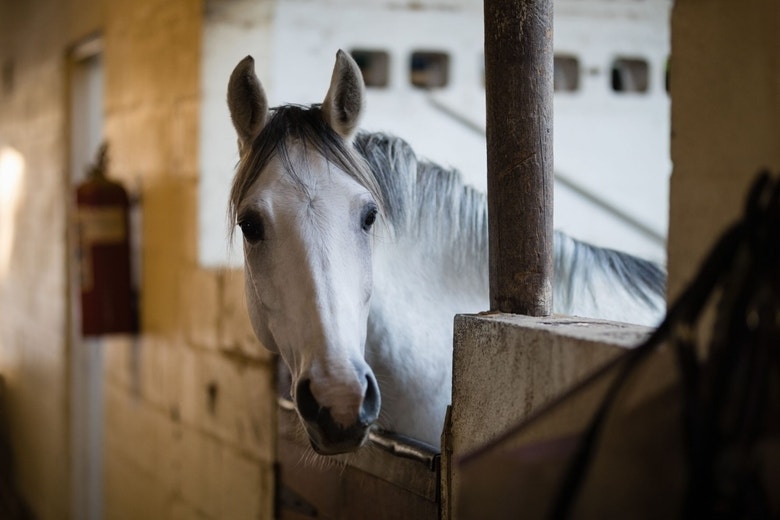
Horse Feed Balancers: What Are They? | Spillers Feeds
With the grass coming through thick and fast, many of you are undoubtedly wondering what, if anything, to feed your beloved companions.
Although many horses and ponies maintain weight on grass alone, it’s hard to know exactly what level of vitamins, minerals and quality proteins they receive - especially when it comes to those commonly low in UK grass and forage, including vitamin E, zinc, copper and the quality protein, lysine - which is where feed balancers come in.

What do balancers really do?
Misconception number one: Balancers improve condition/weight.
Feed balancers are a small nutrient dense pellet containing negligible calories designed to balance your horse’s diet. That’s it. Quite simply put; a balancer contains the essential vitamins, minerals and protein that a horse needs in their diet that they may not be getting from forage alone or when fed a calorie restricted diet.
Misconception number two: They are high in starch and sugar.
Because they are fed in such small quantities, balancers contain negligible starch and sugar so are ideal for those that need a low starch and sugar diet, such as laminitics.
These two facts combined mean that many horses and ponies are perfect candidates for balancers throughout spring and summer months, providing all the nutrients they need, without expanding their waistline!
When should a balancer be fed?
• When feeding a forage only diet
• When feeding straights such as oats/barley which do not have any added nutrients
• When feeding less than the recommended amount of compound feed
• When providing lower energy/lower spec feeds to hardworking horses
Can I feed a vitamin and mineral supplement instead?
An alternative option is to use a broad spectrum, powdered vitamin and mineral supplement, however this may not be tailored to your horse’s requirements and they do not usually have the benefit of added quality protein.
How much Balancer do I need to feed?
Excluding those designed for breeding stock, when fed alongside a forage only diet, balancers are typically fed at a rate of 100g per 100kg bodyweight. If you are feeding a reduced ration of feed however, the full amount of balancer will not be required, for example half a ration of balancer complements half a ration of feed.
Which balancer is right for my horse?
Consider the following:
• Age
• Workload
• Lifestyle
• Functional ingredients required (glucosamine for joint support, probiotics and prebiotics for digestive support or cinnamon and magnesium to promote weight loss)
Remember, all balancers apart from those designed for breeding stock, contain negligible calories therefore those labelled with terms such as ‘Lite’ or ‘Low’ do not necessarily mean they are the most suited to your horse or pony.
If you are unsure which meets your horse’s requirements, don't hesitate to call our CareLine for more advice.
Are balancers expensive?
In short; no. At the top end of the price scale SPILLERS Supple + Senior will last a 500kg horse 40days and costs 97p per day. At the other end, SPILLERS Daily Balancer costs just 56p per day. In contrast a full ration of SPILLERS High Fibre Cubes costs £1.43 per day, so despite a larger pay out initially, long term, balancers are a bargain!

Balancers really are brilliant! Whether you are looking to provide the basics or additional benefits, horses and ponies get everything they need but without the risk of weight gain.
Whether your horse needs the metabolism-boosting Lite & Lean Balancer, the joint-supporting Supple & Senior Balancer, or the ulcer-specific Ulca Balancer designed to aid those prone to gastric ulcers, our tool makes selecting the right balancer easy and fun. Explore our range with the tool to ensure your horse gets tailored nutrition to meet their unique needs and maintain their condition- https://www.spillers-feeds.com/which-balancer-should-i-choose





